Chichester Walls walk on 7th December 2022
As winter made its first appearance, we thought Chichester deserved a visit. Eastgate was the starting point of the ancient Roman road called Stane Street, which goes in an almost straight line to London Bridge, however we instead followed the East Wall of Noviomagus Reginorum. Noviomagus Reginorum was supposedly renamed by the Saxon invader Ælle, after his son, Cissa. Priory Park is in the top north east corner of the city wall and has a very pleasant coffee stop, near to the Guildhall, built as a Franciscan chancel in 1283. Suitably refreshed we wandered along the north wall before turning south and entering the Bishops Palace gardens and on to the Cathedral. Some magnificent memorials and windows to admire, as well as seeing the memorial to William Huskisson, the first man to ever die from a railway accident, in this case, Stephenson's Rocket. Huskinsson lived in Eartham House, about 7 miles away, on the old Stane Street route. We then returned to the Gardens to take the high path back to the entrance, from there to continue our circumnavigation of the city wall. There is not so much evidence of the wall on the south side and after a look into St John's Chapel, we were back at the start. Happily this coincided with our lunch stop in Carluccio's at East Gate, where we had an excellent lunch.
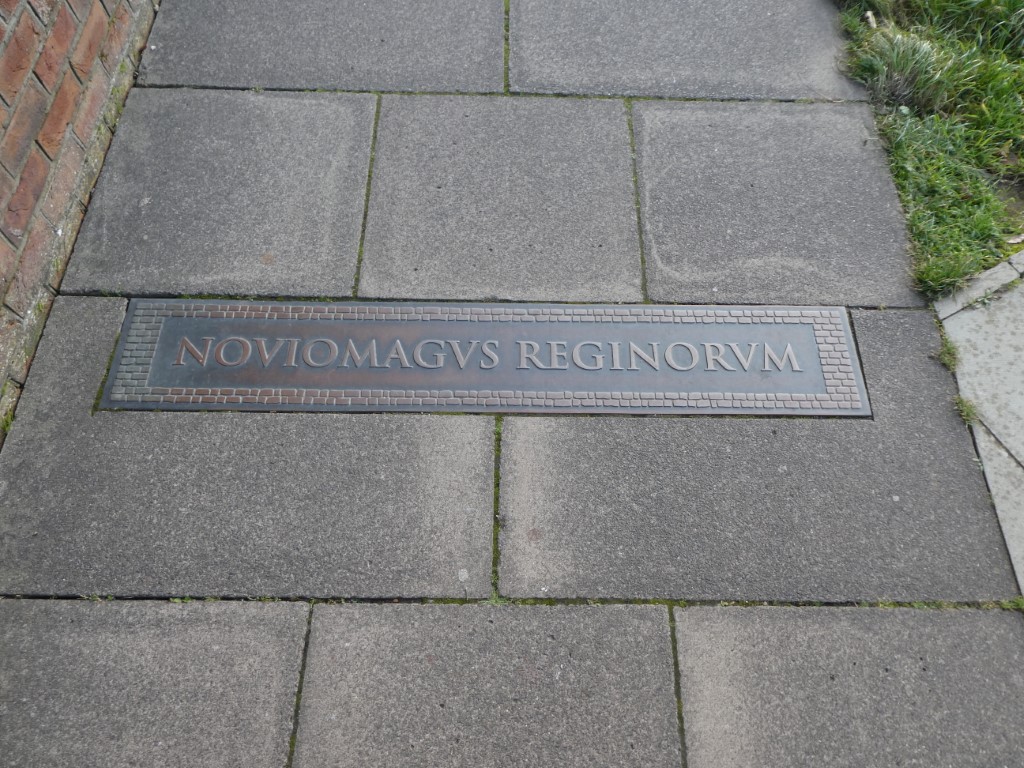
The Roman name for Chichester
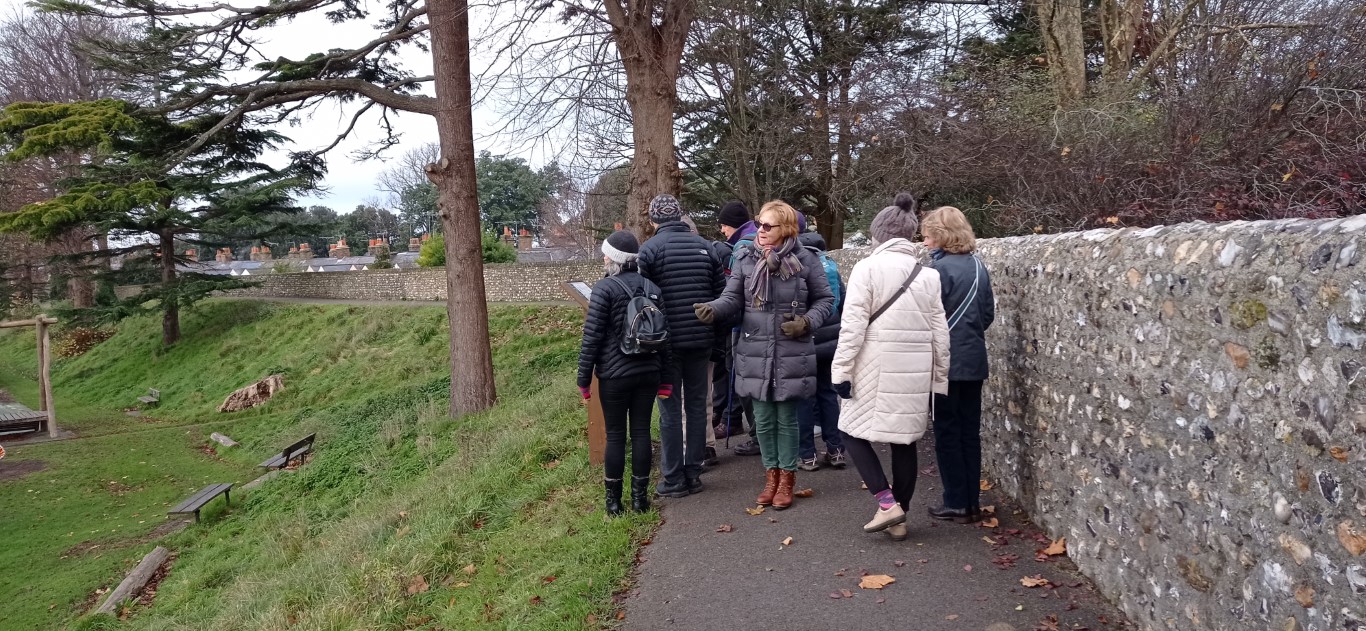
Priory Park, East Wall
.jpg)
Priory park aviary, near our coffee stop.
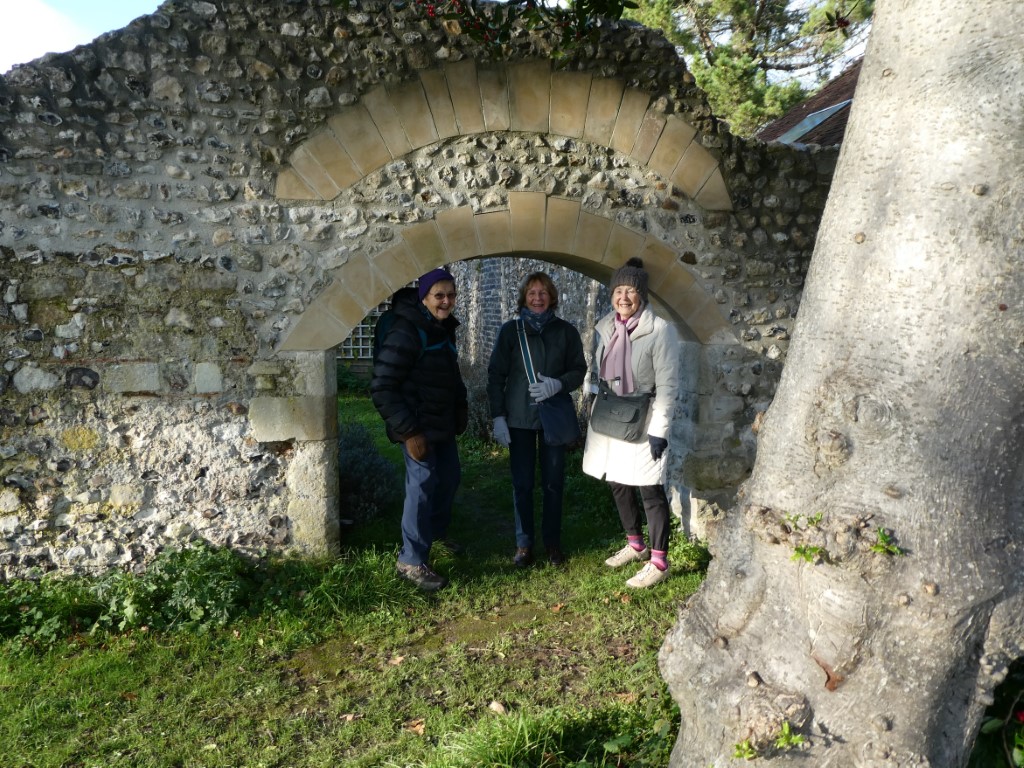
No information on this ruin, but it makes a nice frame
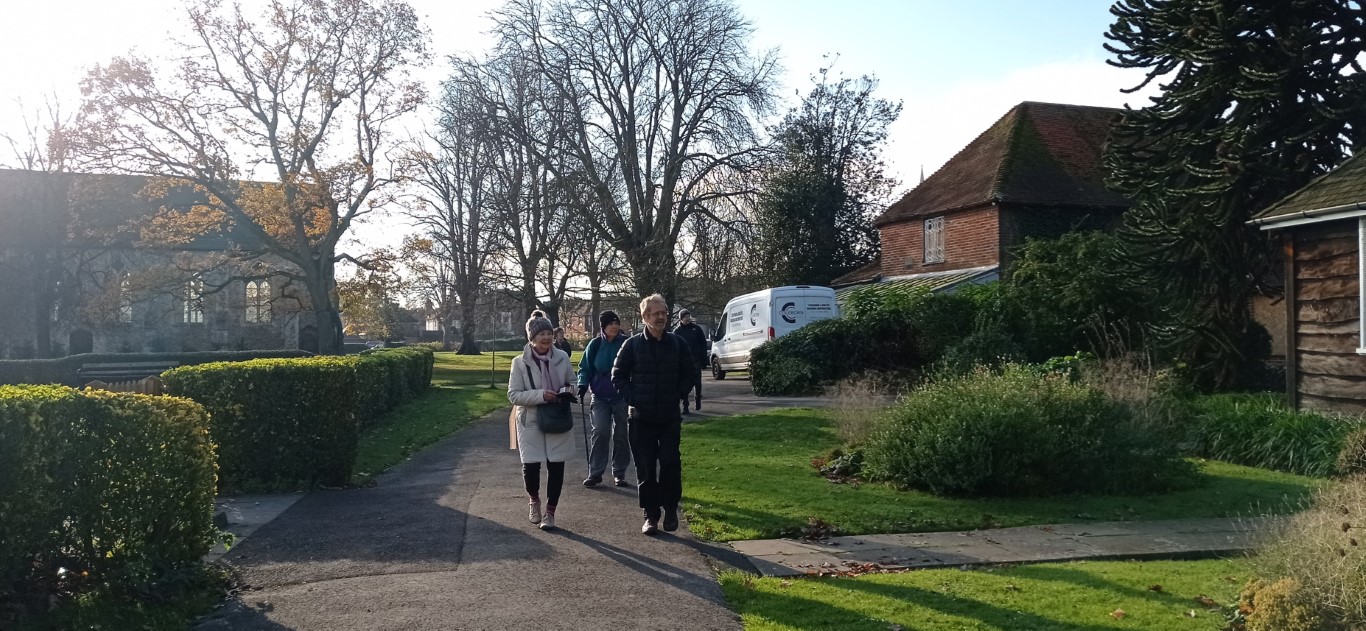
Priory park, Franciscan chancel, now the Guildhall in the background
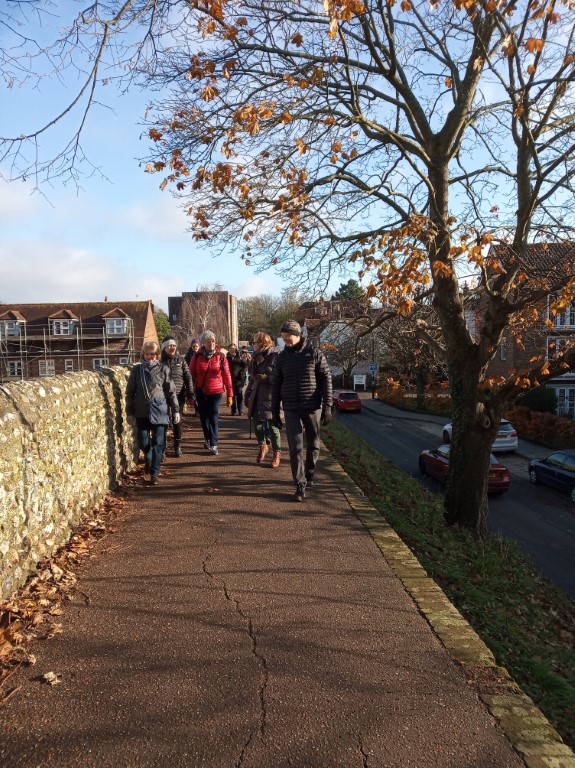
North Walls
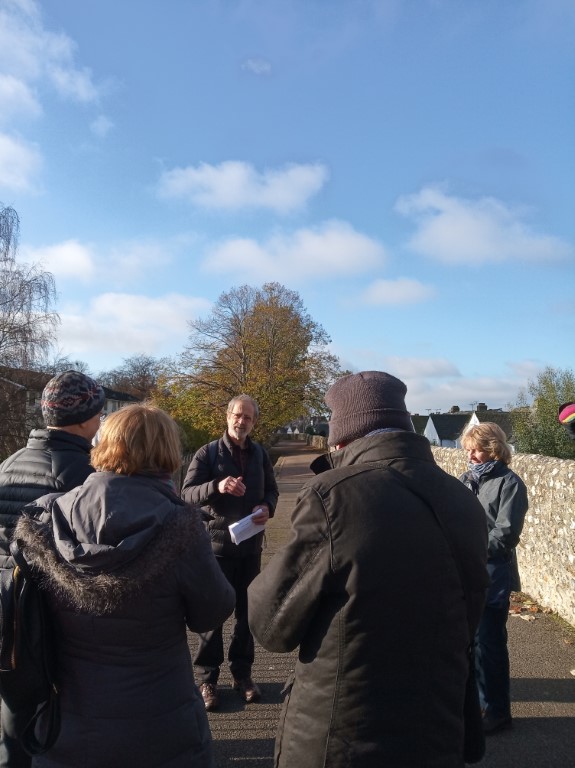
Long story told here about the Hawkhurst gang, who left victims buried alive in Rake and Harting.
Seven were eventually captured in Chichester and six were hung in 1749.
At least another 70 were eventually hung or transported.

This memorial stone (Smugglers Stone) is just up the road towards Midhurst and records the burial spot of one gang member and the execution spot for another six.
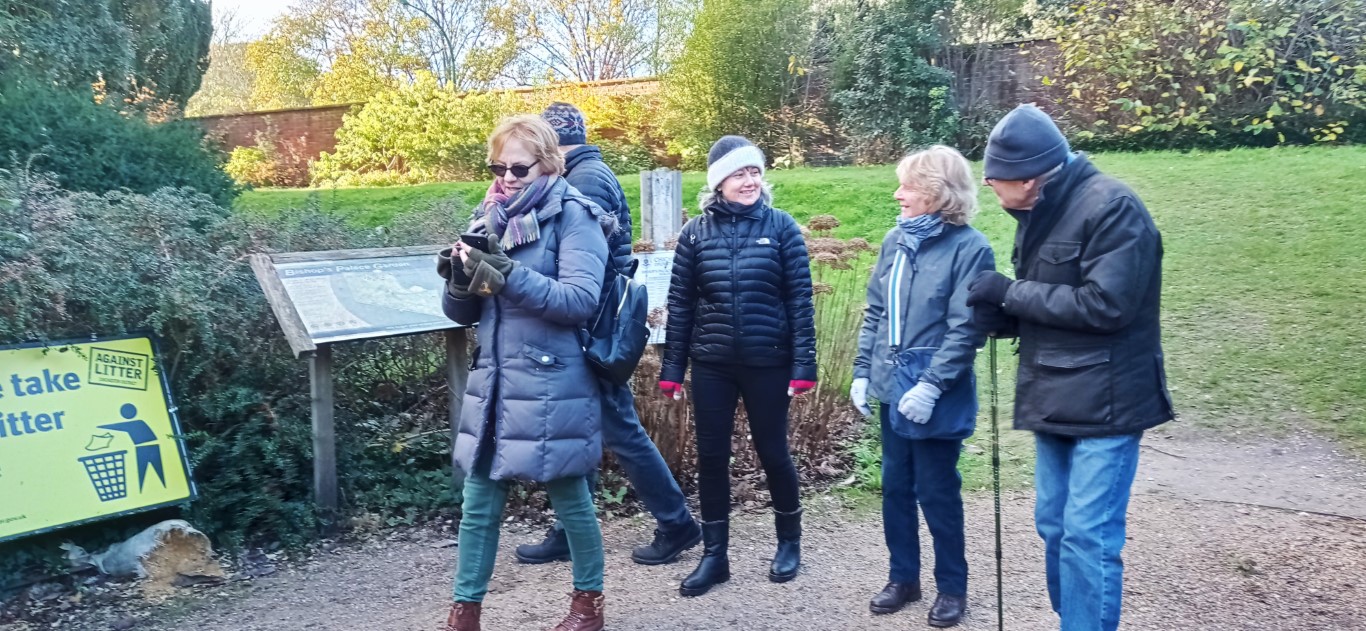
The beautiful Bishops Palace Gardens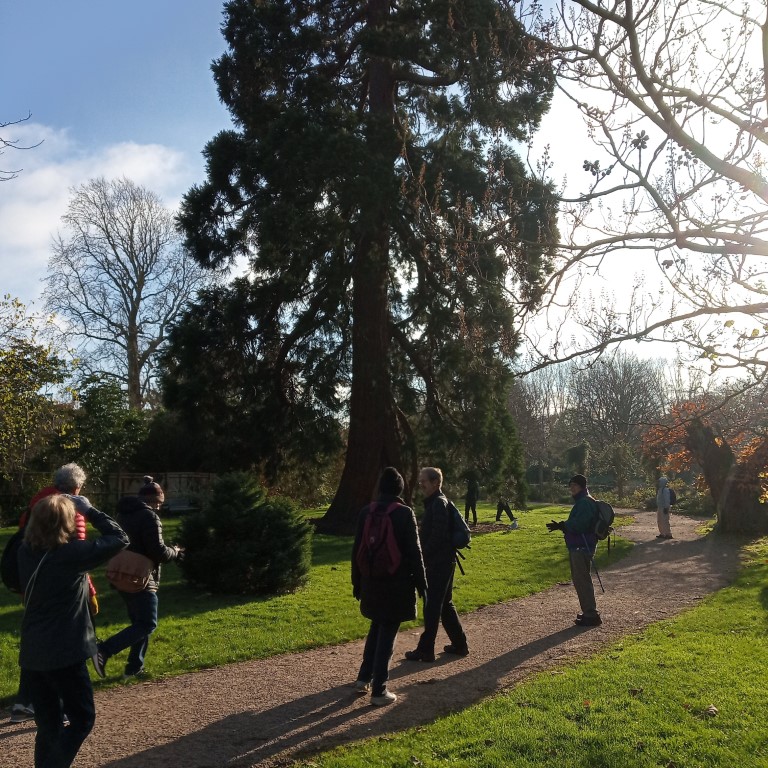
Giant Redwood
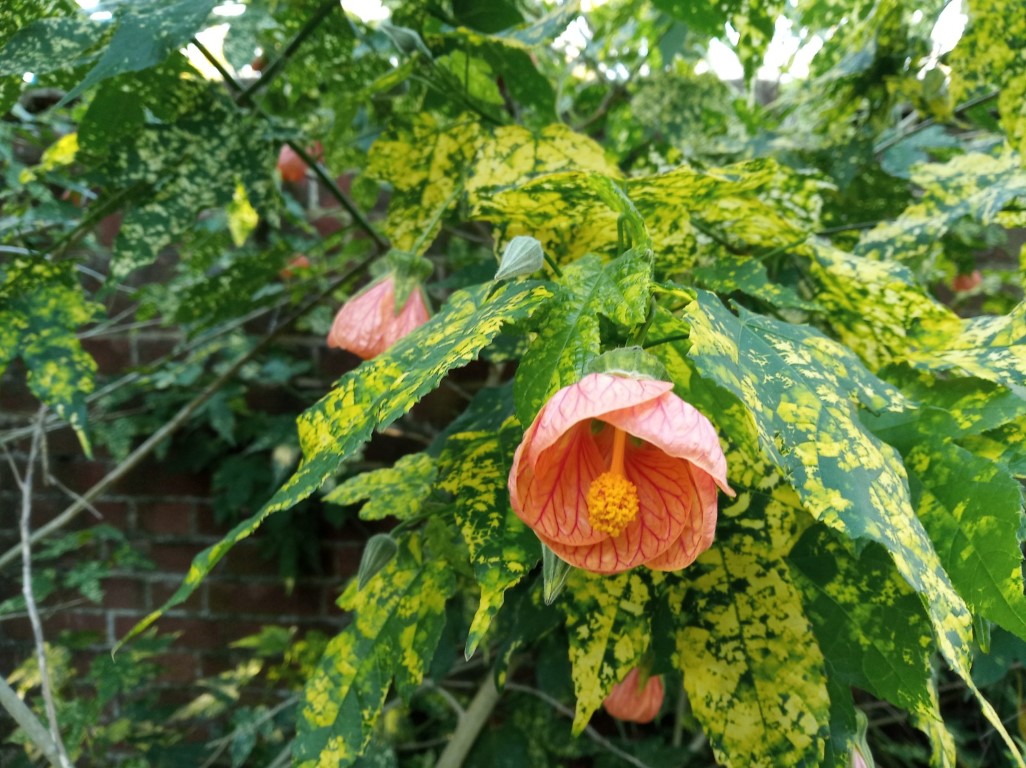 .
.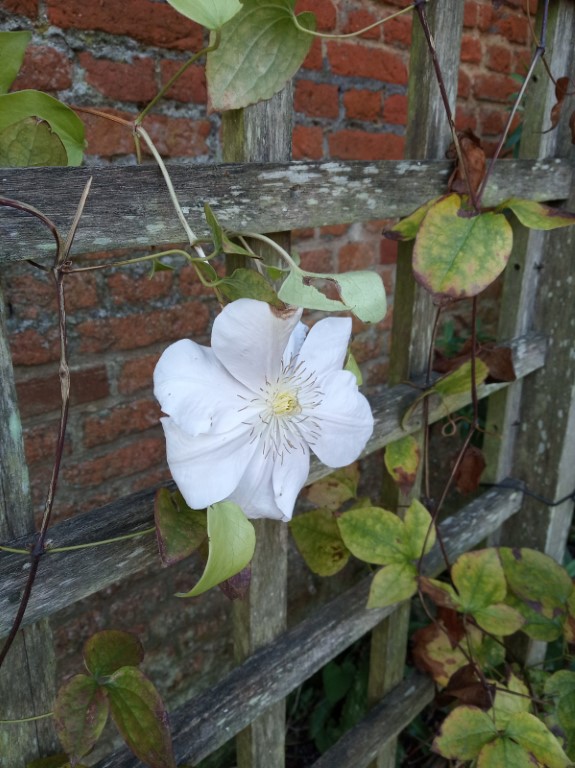 .
.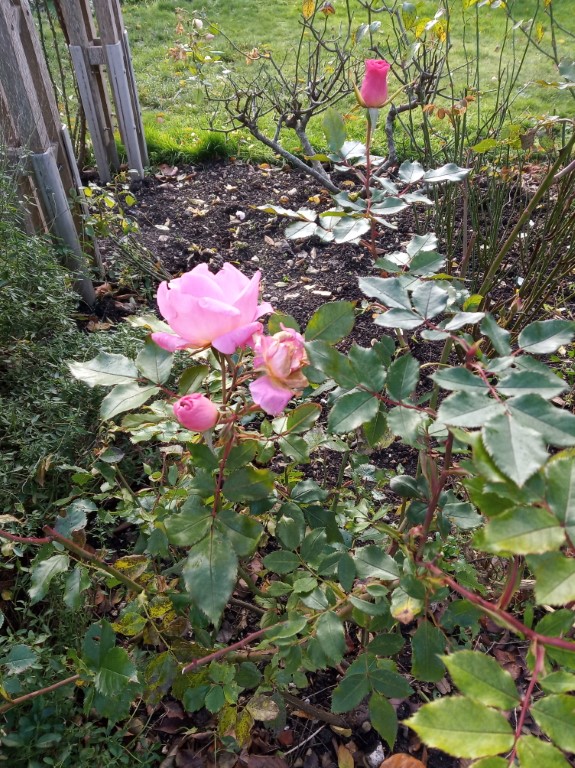
Flowers still making the best of the weather
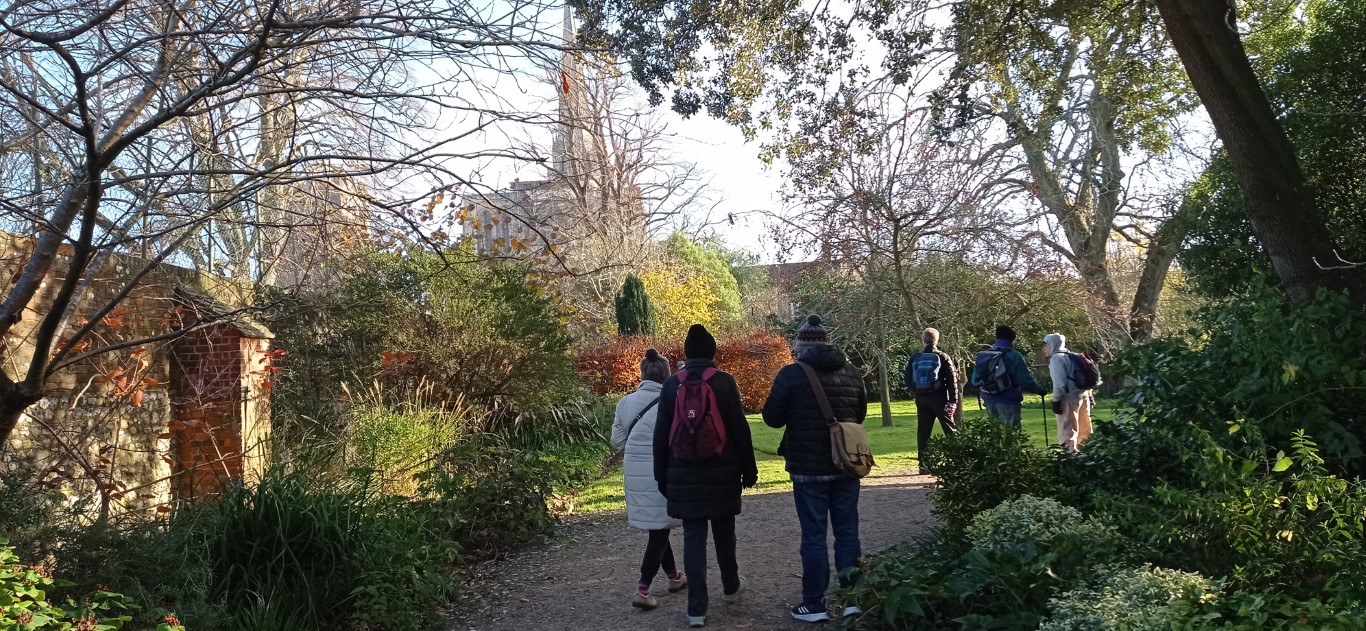
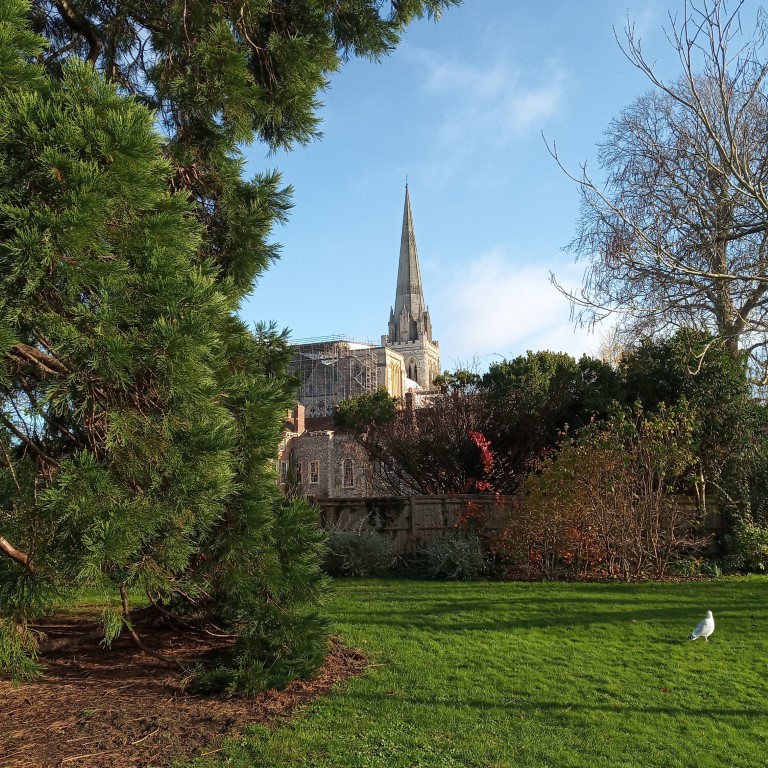
Chichester Cathedral, roof under repair.
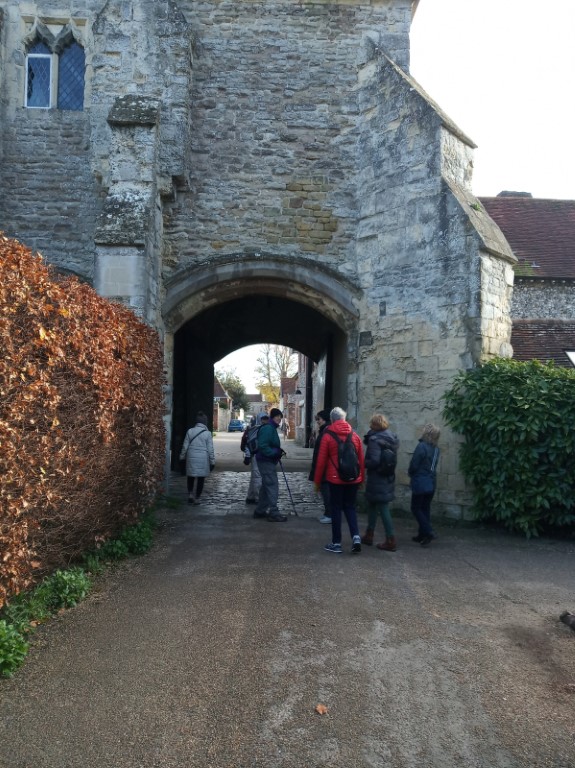
Leaving the Gardens and heading for the Cathedral
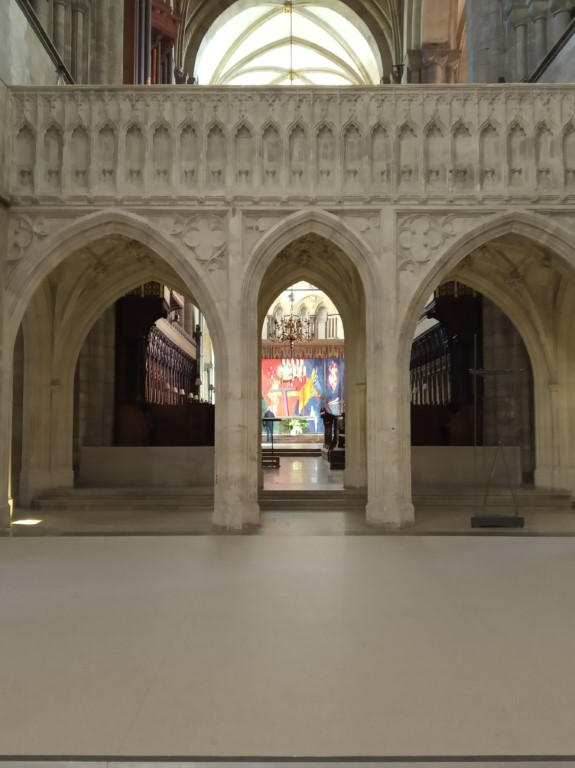
Inside the Cathedral, founded in 681, rebuilt in 1199. Copper roof now being replaced with lead.
Home to a number of pieces of ancient and modern art.

Stained glass in the South transcept. There is a more famous window elsewhere by Marc Chagall
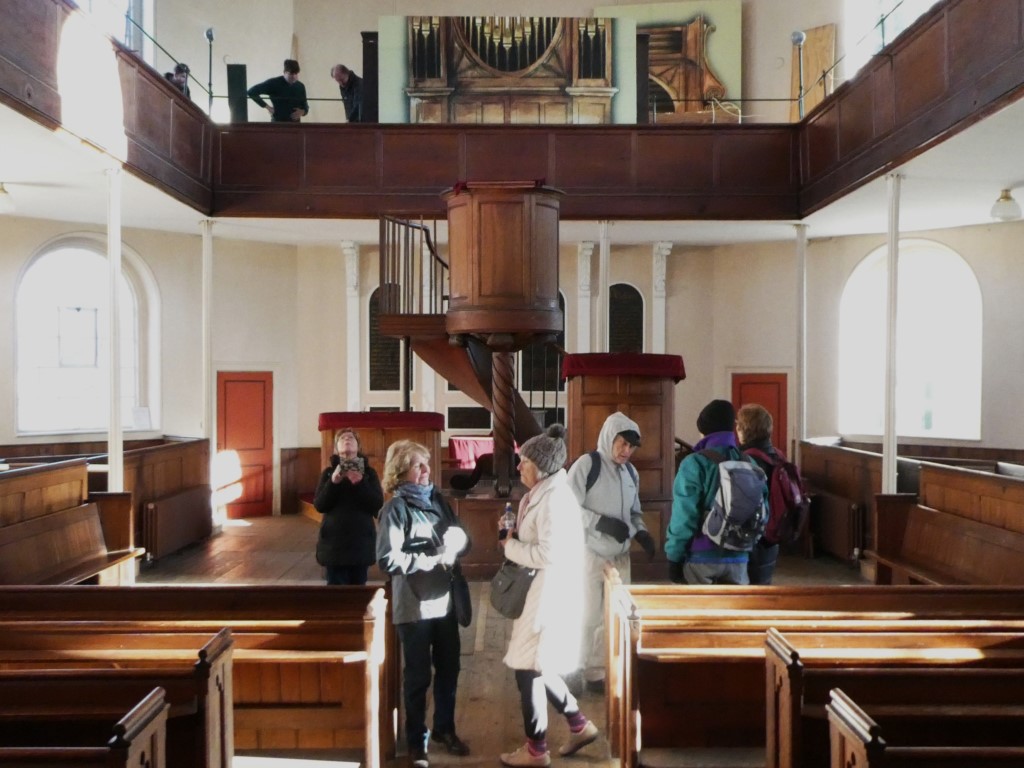
We later found St Johns Chapel in St Johns Street. Built as an overflow chapel in 1813 with congregations of 500 and 600 in Victorian times but closed in 1973. Organ now being repaired.
.jpg)
Now being used as an art and cultural events, maintained by The Churches Conservation Trust.

Carluccio's
Recent galleries
- Graffham walk on 16th April 2025
- Lodsworth walk on 9th April 2025
- Elsted walk 2nd April 2025
- Stedham walk on 26th March 2025
- Fittleworth walk on 19th March 2025
History
2025
2024
- December (3)
- November (5)
- October (4)
- September (4)
- August (4)
- July (4)
- June (5)
- May (5)
- April (5)
- March (5)
- February (5)
- January (4)
2023
- December (3)
- November (6)
- October (5)
- September (5)
- August (3)
- July (4)
- June (6)
- May (5)
- April (4)
- March (5)
- February (4)
- January (4)
2022
- December (4)
- November (5)
- October (5)
- September (3)
- August (4)
- July (6)
- June (11)
- May (4)
- April (5)
- March (4)
- February (5)
- January (4)
2021
2020
- December (4)
- November (1)
- October (5)
- September (4)
- August (3)
- July (3)
- March (2)
- February (5)
- January (3)
2019
- December (2)
- November (5)
- October (4)
- September (3)
- August (4)
- July (4)
- June (11)
- May (5)
- April (4)
- March (3)
- February (5)
- January (5)
2018
- December (2)
- November (4)
- October (4)
- September (5)
- August (4)
- July (3)
- June (5)
- May (8)
- April (4)
- March (4)
- February (5)
- January (3)
2017
- December (3)
- November (5)
- October (3)
- September (4)
- August (4)
- July (4)
- June (11)
- May (4)
- April (4)
- March (3)
- February (4)
- January (5)
2016
- December (3)
- November (4)
- October (5)
- September (4)
- August (3)
- July (6)
- June (11)
- May (4)
- April (5)
- March (3)
- February (10)
- January (2)
2015
2014
- June (2)
1997
- February (1)